
Webinar Date/Time: Thu, Dec 7, 2023 1:00 PM EST

Webinar Date/Time: Thu, Dec 7, 2023 1:00 PM EST

Award recipient John McLean of Vanderbilt University said hybrid techniques do not exist purely as combinations of letters, slashes, and hyphens—they have been built on the shoulders of decades’ worth of analysis intended to refine and simplify workflow.

Webinar Date/Time: Thu, Dec 7, 2023 10:00 AM EST

Webinar Date/Time: Tuesday, December 5th, 2023 Morning Session: 10am EST | 7am PST | 4pm CET | 3pm CMT Afternoon Session: 1:30pm EST | 10:30am PST | 7:30pm CET | 6:30pm GMT

Webinar Date/Time: Tuesday, January 9, 2024 at 11am EST | 8am PST | 4pm GMT| 5pm CET
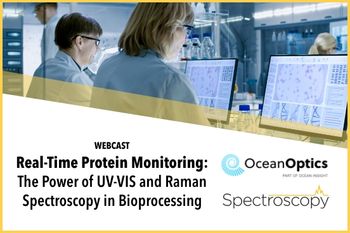
Webinar Date/Time: Thu, Nov 30, 2023 11:00 AM EST

Webinar Date/Time: Thu, Oct 19, 2023 11:00 AM EDT

Webinar Date/Time: Tue, Oct 17, 2023 1:00 PM EDT
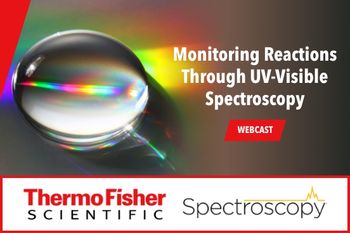
Webinar Date/Time: Tue, Sep 19, 2023 10:00 AM EDT
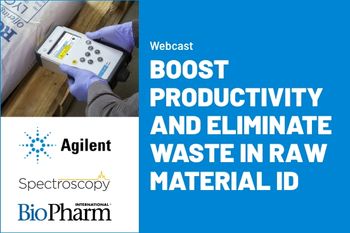
Webinar Date/Time: Thu, Aug 17, 2023 11:00 AM EDT

Webinar Date/Time: Wednesday, July 19, 2023 at 10am EDT | 7am PDT | 3pm BST | 4pm CEST
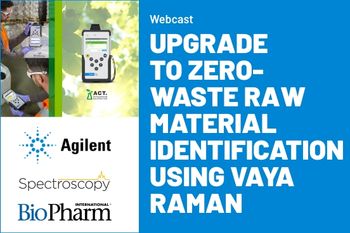
Webinar Date/Time: Europe: Wednesday, June 28, 2023, at 2 pm BST | 3 pm CEST North America: Wednesday, June 28, 2023, at 1 pm PDT | 4 pm EDT Asia: Thursday, June 29, 2023, at 10:30am IST | 1 pm CST | 2 pm JST | 3 pm AEDT

Webinar Date/Time: Thu, Jun 8, 2023 11:00 AM EDT
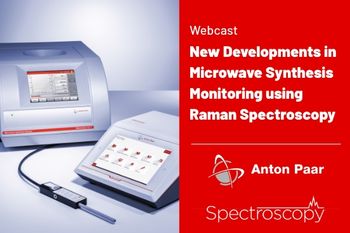
Webinar Date/Time: Thu, May 18, 2023 1:00 PM EDT
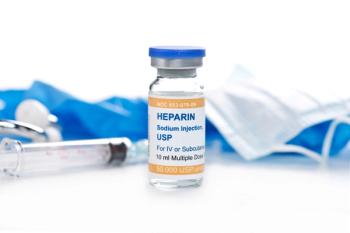
In a recent study, attenuated total reflectance-Fourier transform infrared spectroscopy (ATR-FT-IR) was proven to be a cost-effective method for analyzing herapins in pharmaceutical applications.

An overview of Raman spectroscopy and its applications in pharmaceutical analysis is presented.

The United States Pharmacopeia–National Formulary (USP–NF) has contributed to ensuring the quality of dietary supplements, foods, and medicines for more than 200 years. This overview explains the use of vibrational spectroscopy techniques in meeting USP–NF requirements and how the information is organized.

The accuracy of prediction models based on spectroscopic measurements can be influenced by a variety of factors, including aging equipment. Continuous monitoring is key to managing the PAT model lifecycle and ensuring that changes over time do not negatively affect prediction model performance.

In this review, we show a wide range of examples of the expanding use of multivariate analysis (MVA) in pharmaceutical manufacturing and control. MVA is being used to resolve numerous analytical challenges, such as overcoming matrix effects, extracting reliable data from dynamic matrices, and more.
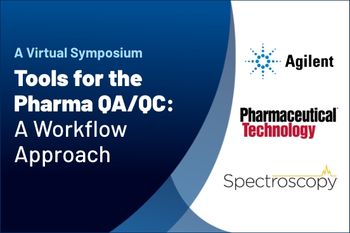
Webinar Date/Time: Thu, Feb 23, 2023 11:00 AM EST

Webinar Date/Time: Thu, Dec 15, 2022 11:00 AM ESTJ
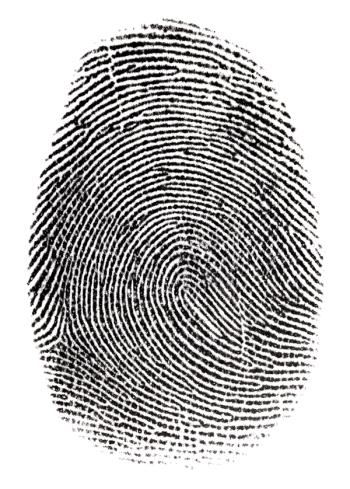
The “fingerprint in the fingerprint” region is key for active pharmaceutical ingredient (API) identity testing. We explain why.
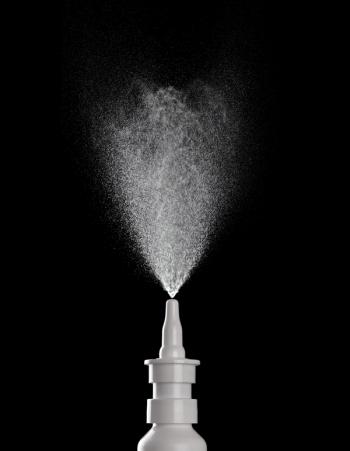
A tutorial and spreadsheet for the validation and uncertainty evaluation for ICP-MS analysis was successfully applied to determine multiple elements in a nasal spray.

This article discusses how FT-IR and SERS is being used to detect counterfeit pharmaceutical drugs.

This article discusses coherent Raman imaging and how it can visualize and quantify cutaneous pharmacokinetics (PK).